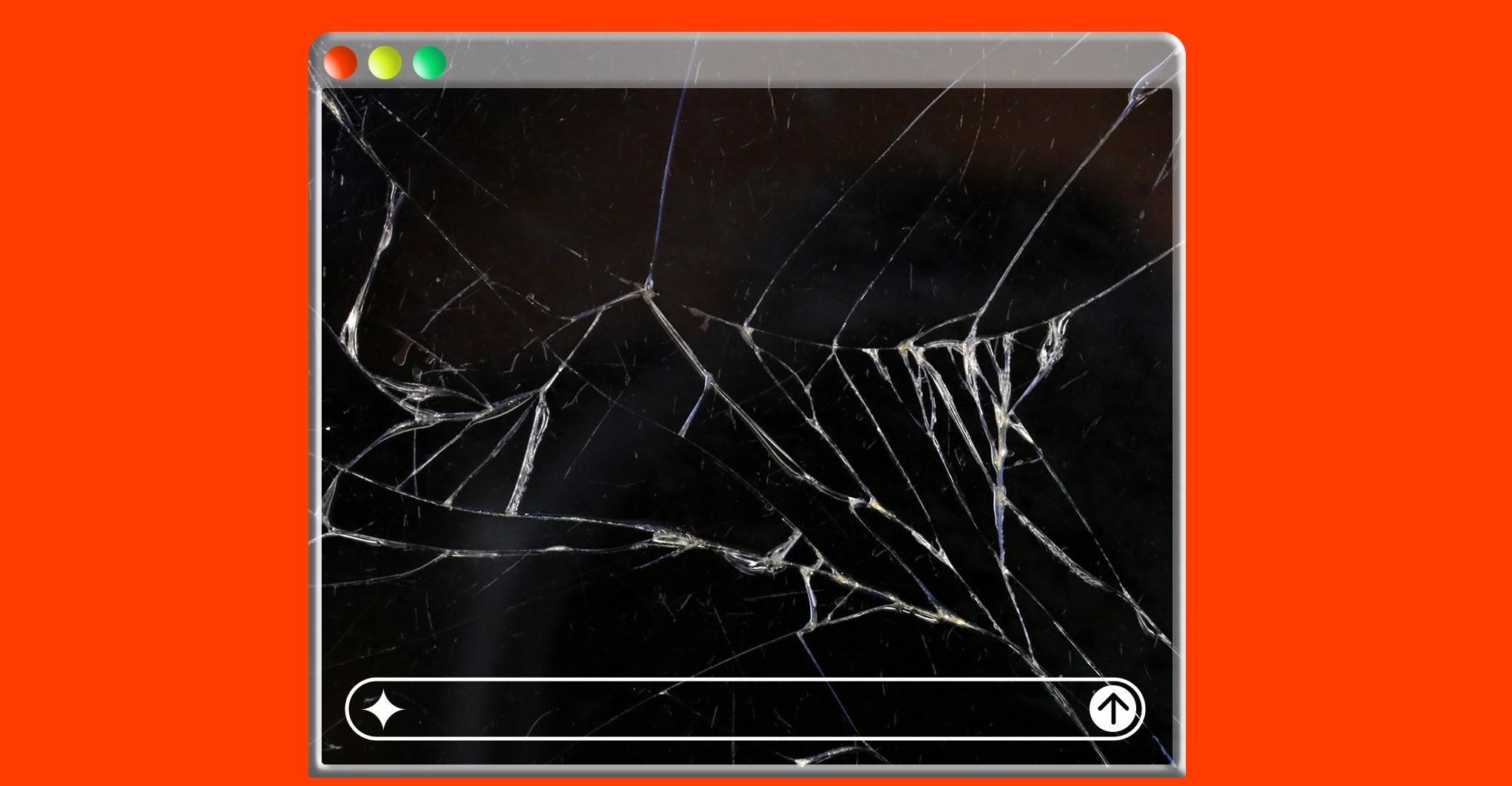- Home
- Technology
- News
SpaceX is all set to launch a NASA spacecraft that will crash into an asteroid
Elon Musk’s SpaceX is set to launch a first-of-its-kind planetary defense mission for NASA in the early hours of Wednesday morning, sending the spacecraft on its way to intentionally crash into an asteroid.

“We’re smashing into an asteroid,” NASA’s Launch Services Program senior launch director Omar Baez said during a press conference. “I can’t believe we’re doing that”
Known as the Double Asteroid Redirection Test (or DART) mission, the space agency is trying to learn “how to deflect a threat that would come” toward Earth, NASA associate administrator of the science mission directorate Thomas Zurbuchen said.
“Rest assured, that rock right now is not a threat,” he said.
SpaceX is launching DART on a Falcon 9 rocket from Vandenberg Space Force Base in California, with a liftoff window that begins at 1:20 a.m. ET on Wednesday.
DART is a 610-kilogram spacecraft that will spend 10 months traveling to a pair of asteroids, which are named Didymos and Dimorphos. Johns Hopkins Applied Physics Laboratory in Maryland built DART, while space company Redwire contributed the spacecraft’s navigation and solar arrays that will power it.
The goal of the mission is to hit the smaller of the two asteroids, Dimorphos, with the spacecraft at about 15,000 miles per hour and see how the impact changes the asteroid’s trajectory.
The DART mission is costing NASA about $330 million in total, with SpaceX having won a $69 million contract in 2019 for the launch. Not only is it NASA’s first planetary defense mission, but DART also represents SpaceX’s first mission launching a spacecraft to another planetary body.
“This is just the coolest mission. Thank you all for enabling SpaceX to be a part of a really important planetary defense mission,” SpaceX director of civil satellite missions Julianna Scheiman said during a press conference.
SpaceX test fired its Falcon 9 rocket last Friday in preparation for the launch.
To give a sense of scale, the Dimorphos asteroid is about the size of the Great Pyramid of Giza, while the Didymos asteroid is wider in diameter than the One World Trade Center tower in New York City is tall.
After arriving at the asteroids, and before it smashes into Dimorphos, the DART spacecraft will deploy a small cube satellite to take photos of the impact event.
While the mission is testing a method of planetary defense, Zurbuchen emphasized that NASA is not aware of any near-term risks to Earth. There are billions of asteroids and comets orbiting the sun, but only a few have a chance of hitting the Earth for a very long time.
“Of all the near Earth objects that we know today, none of them are a threat within 100 years or so,” Zurbuchen said.
SOURCE: CNBC

A Kinect for kids is outselling Xbox to become the hot console this holiday
- 6 hours ago

Young Leaders Conference 2025 highlights social stewardship on day two
- 14 hours ago
Tagic Army Public School (APS) Peshawar incident completes 11 painful years
- 12 hours ago
AI boom seen lifting chipmaking equipment sales 9pc to $126bn in 2026
- 14 hours ago

Gold prices dip per tola in Pakistan, global markets
- 17 hours ago
Pakistan qualify for semi-final of under 19 Asia Cup cricket
- 14 hours ago

Assailants kill cop, brother in gun attack in KP’s Lakki Marwat
- 14 hours ago

Please don’t make airports healthy again. Just make them more efficient.
- 4 hours ago

YouTube made its video player easier to navigate on TVs
- 6 hours ago

My defense of a $40 cable paperweight – I’m sorry
- 6 hours ago
Sabalenka named WTA Player of the Year for second straight season
- 17 hours ago
Arteta tells critics to back off struggling Gyökeres
- 5 hours ago





